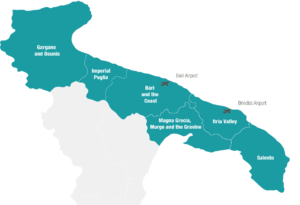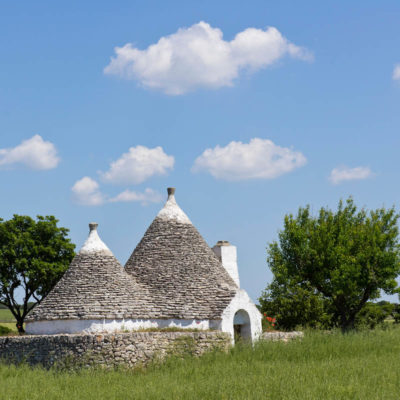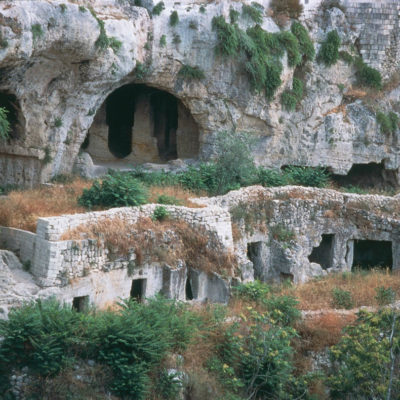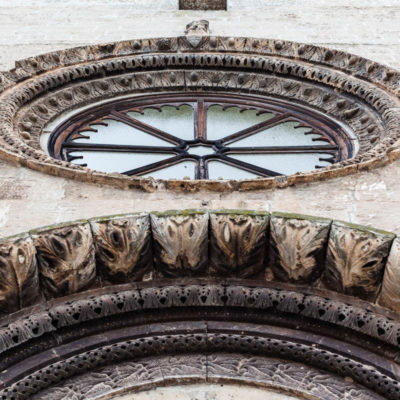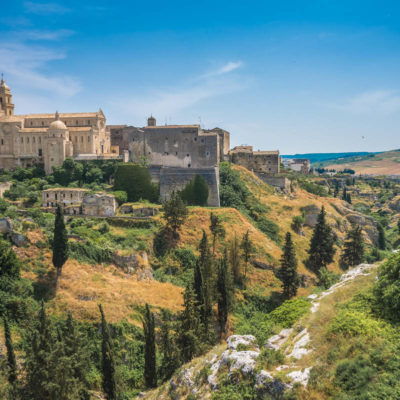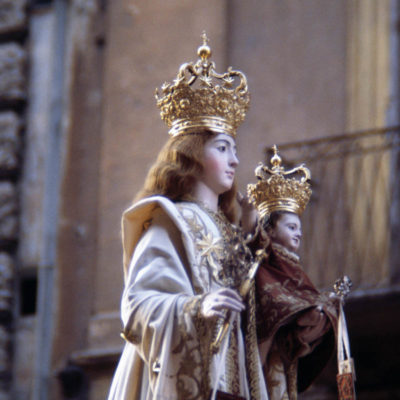Magna Grecia is the landscape of remote canyons, crypts and sea caves. Stroll through vineyards and olive groves; visit ancient villages and artisans’ workshops, finish off by diving into the blue Ionian Sea!
Here the rupestrian civilization was born, in Europe’s biggest canyon. From Laterza to Gravina in Puglia, the flight of rare birds will guide you to silent churches carved into rocks, like those at Massafra and Mottola.
You are in the realm of archeology, where the splendor of Magna Graecia and the ancient capital of Taranto reveal history through precious artifacts and underground routes with hidden treasures. Tales of knights and ladies still echo in the silence of Romanesque castles and cathedrals, such as that in Altamura, while Grottaglie is the home of world-famous pottery.
Horse ride through Murgese, riding along the bridle path of the trulli (traditional stone huts), or trek through the Alta Murgia National Park as you admire the beauty of northern Puglia’s vast plateau.
Enjoy local delicacies surrounded by the landscape and its fragrances.

